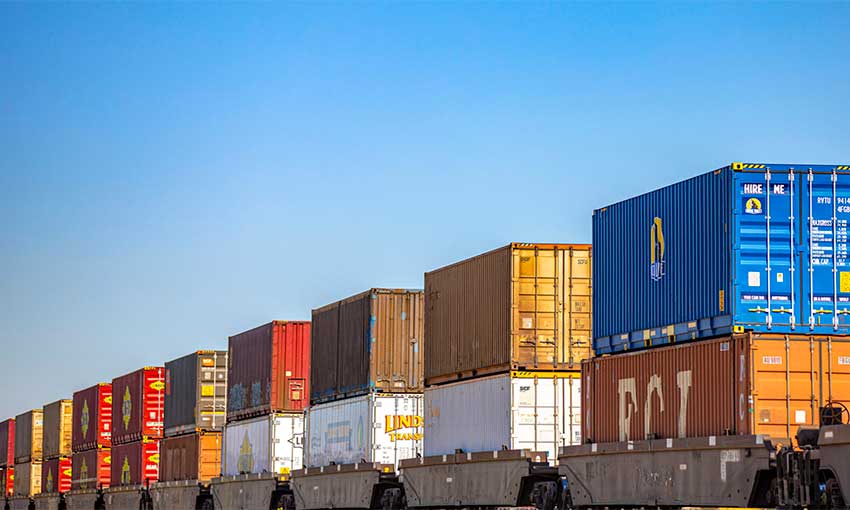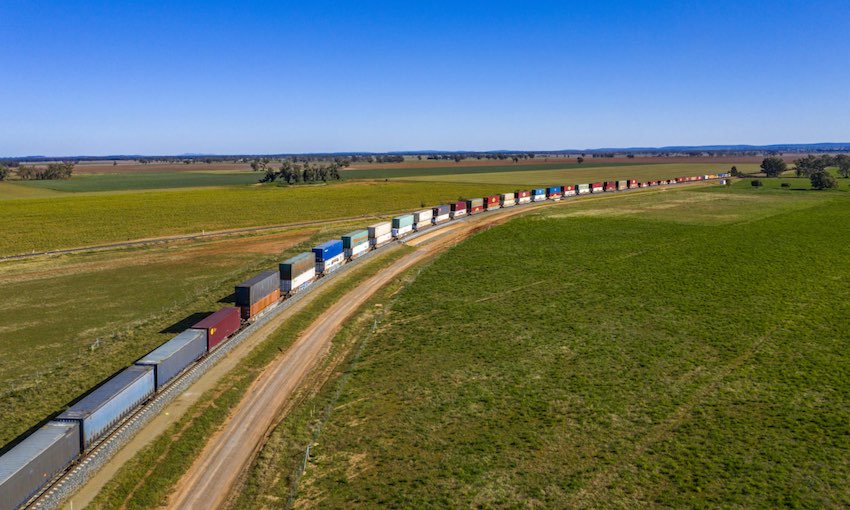CSIRO’s Inland Rail Supply Chain Mapping project found that a shift from road to Inland Rail could drive down the cost of transporting 22 million tonnes of freight every year.
New modelling, as part of the project, shows Inland Rail could cut freight transport costs by up to $213 per year.
According to a statement from Deputy Prime Minister and minister for infrastructure, transport and regional development Barnaby Joyce, the potential cost reductions cover more than 12,000 supply chains and 94 commodities, including coal, steel, grains, vehicles, horticulture and livestock.
“Businesses relying on road-based supply chains will benefit most from the switch, profiting from the average transport saving of $80.77 per tonne ($179 million per annum). Savings will only increase as Australia’s freight task grows in the future,” The statement said.
According to the statement, other projected savings for intermodal freight include an average:
- $90 per tonne (44%) reduction along the entire route from Melbourne and Brisbane;
- $184 per tonne (47%) reduction between Brisbane and Parkes, connecting to Perth;
- $48 per tonne (22%) reduction from Brisbane and connecting to Adelaide; and
- $62 per tonne (31%) reduction for regional intermodal freight to and from major metropolitan centres and ports.
The modelling projects a 40% reduction in transport costs for freight travelling to Queensland, a 31% drop for New South Wales, and a 37% saving for Victoria.
With transport being a significant expense for Australian businesses and a deciding factor in market growth, the modelling shows the positive impact Inland Rail will have on our regional industries.
Mr Joyce said Inland Rail provides the greatest opportunity for boosting economic development in regional areas.
“Shifting freight from road to rail will drive down the cost of transporting goods and commodities to ports and better facilitate the sale of products, like coal, that underpin our standard of living,” he said.
“Reducing freight costs for businesses and industries along the route means they can expand and hire more Australians, helping regional economies grow into the future.
Mr Joyce said the savings would be “felt by supply chains reaching as far west as Perth and all the way down to Tasmania”.
“Our government had the vision to deliver Inland Rail and this modelling further reinforces why we must continue on with the job for the benefit of all Australians,” he said.
Finance minister Senator Simon Birmingham said the access and connection to Inland Rail’s fast, reliable and cost-competitive freight services would drive value for industry.
“CSIRO’s modelling shows how Inland Rail could slash transport costs for more than 90 commodities across Australia,” Mr Birmingham said.
“This highlights the significance of building a national freight network that gives producers and businesses better access to domestic and international markets at competitive prices.”
According to the government, once fully operational, Inland Rail will take 200,000 trucks off the road each year, or 150 B-doubles for each train travelling between Melbourne and Brisbane.





